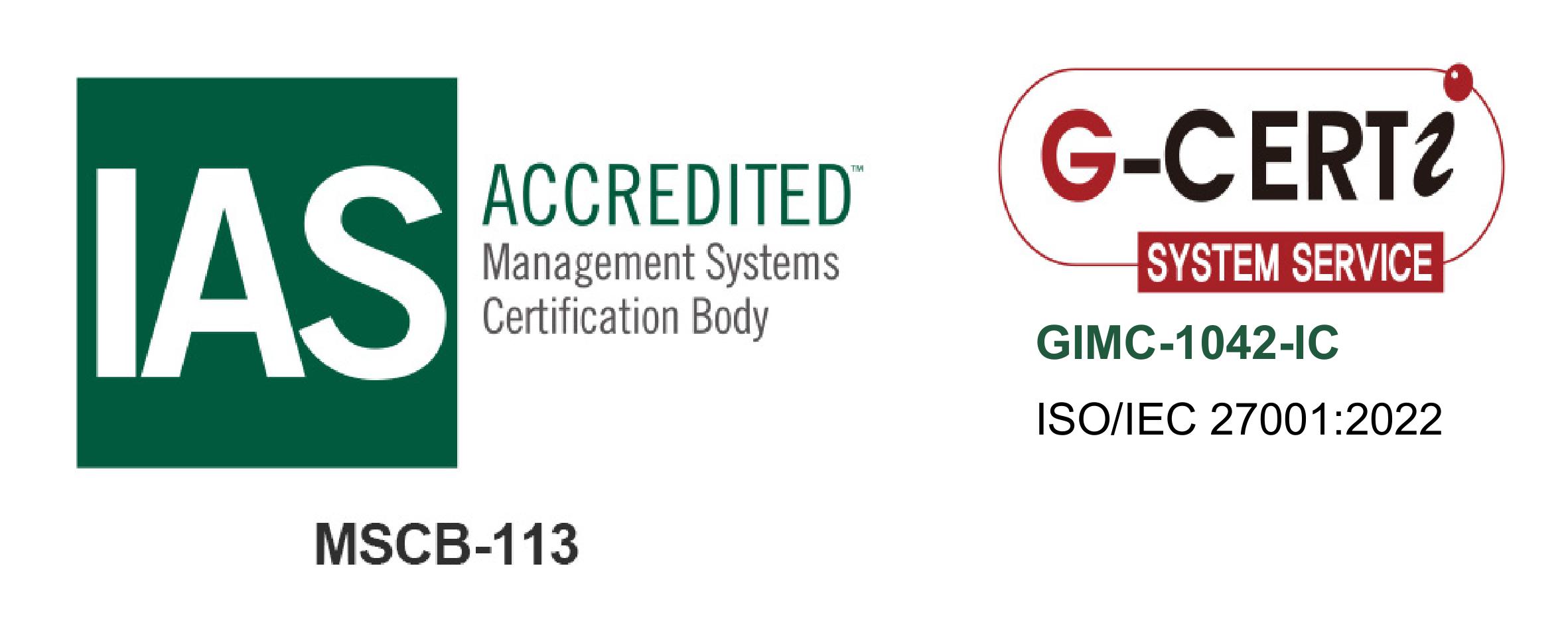CLL Systems Sdn Bhd is a Malaysia Ministry of Finance (MOF) registered company.




December 2016 – Ransomware is a type of malware that prevents or limits users from accessing their system, either by locking the system’s screen or by locking the users’ files unless a ransom is paid. More modern ransomware families, collectively categorized as crypto-ransomware, encrypt certain file types on infected systems and forces users to pay the ransom through certain online payment methods to get a decrypt key.
When faced with a Ransomware attack the current wisdom is if your computer gets infected and it encrypts your files you have three basic options:
Typically, paying the ransom is never recommended, mainly because it does not guarantee to solve your problem. In addition, if the ransom is paid, it proves to the cyber-criminals that ransomware is effective. As a result, cyber-criminals will continue their activity and look for new ways to exploit systems that result in more infections and more money on their accounts.
Obviously, I would strongly recommend “backup” (back to basic) as best option and bear in mind that you have backup doesn’t mean you’re protected from ransomware however you’ll get your data back assuming restoration goes well.
Using Backup practical tips to recover from Ransomware.
Back to Basic – Backup! Backup! Backup! Use Backup to recover from Ransomware! Contact us today if you need any help for “Protection” and “Recovery” from Ransomware.
CLL Systems Sdn Bhd is a Malaysia Ministry of Finance (MOF) registered company.




© 2016-2025 CLL Systems Sdn Bhd. All Rights Reserved Privacy Policy